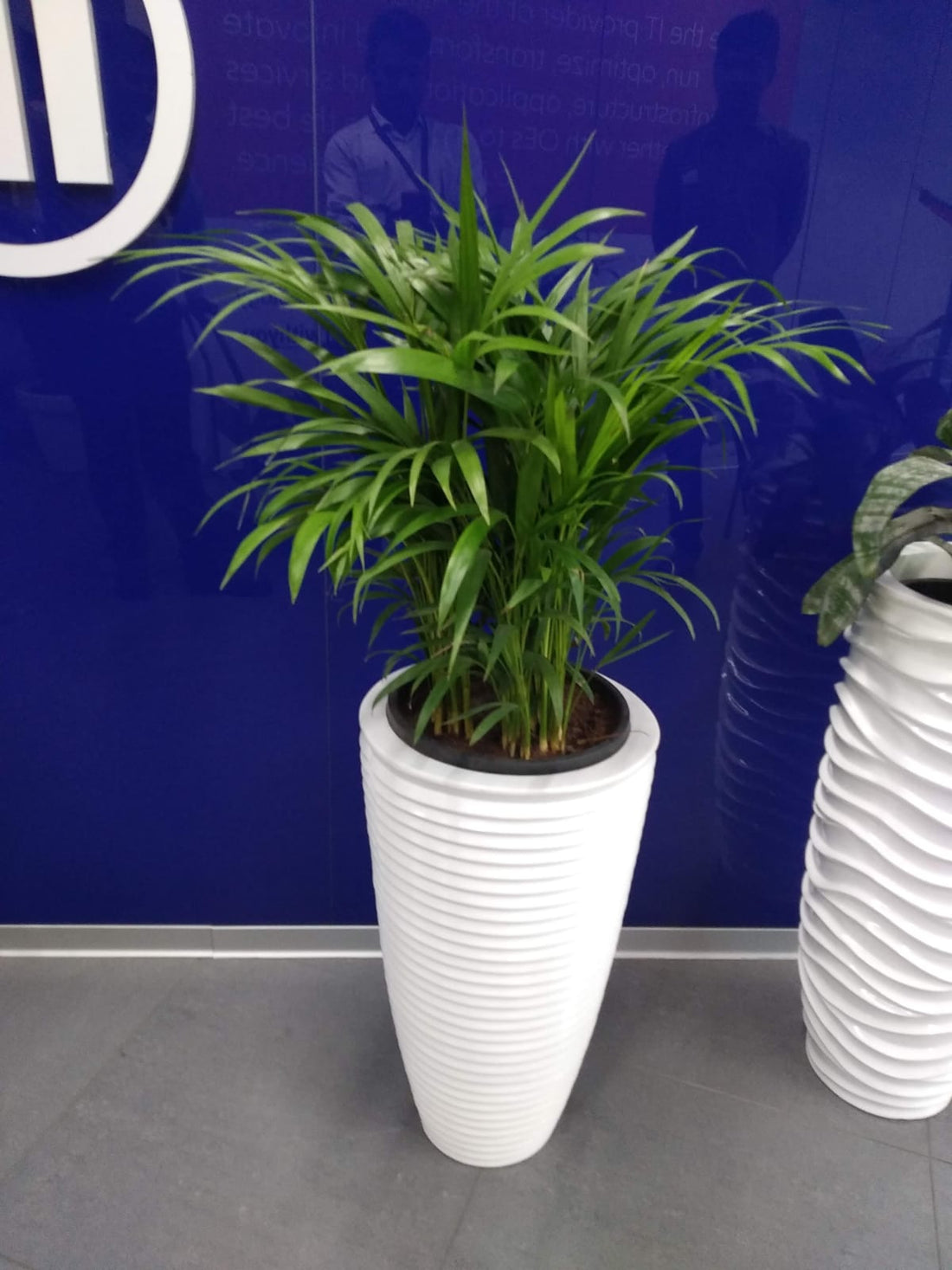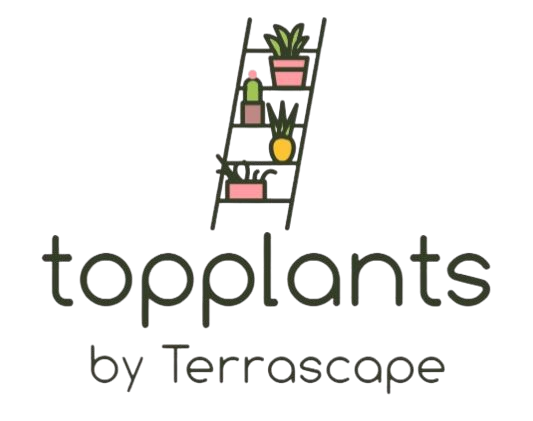
A Horticulturist’s Guide to Plantscaping for Homes and Offices
Plantscaping—the art and science of designing indoor spaces with plants—has become a popular trend in modern interior design for both homes and offices. More than just decorative elements, plants bring a range of benefits from improving air quality to enhancing mental well-being. For those looking to transform their interiors into vibrant, living environments, this horticulturist’s guide offers practical advice on choosing, placing, and caring for plants that thrive in indoor settings.
1. Understanding Plantscaping: The Basics
Plantscaping goes beyond simply placing a few potted plants around your home or office. It’s a thoughtful design approach that considers aesthetics, functionality, and plant health. Successful plantscaping involves selecting the right plants for the environment, considering factors like light, humidity, and space. Whether you’re designing a cozy corner in your living room or creating a green oasis in your office, plantscaping can be tailored to suit your specific needs.
2. The Benefits of Plantscaping
Plantscaping offers numerous advantages:
- Improved Air Quality: Many indoor plants naturally filter pollutants from the air, making your environment healthier.
- Reduced Stress and Enhanced Mood: Studies show that greenery has a calming effect, reducing stress levels and boosting overall well-being.
- Increased Productivity: Plants in office settings have been linked to improved focus, creativity, and job satisfaction.
- Enhanced Aesthetic Appeal: Well-placed plants bring life and vibrancy to any space, adding texture and color while complementing your interior design.
3. Choosing the Right Plants for Your Space
When selecting plants, it’s essential to consider the specific conditions of your space. Here’s a guide to picking the perfect plants for homes and offices:
-
Low-Light Environments:
- Snake Plant (Sansevieria): Ideal for darker corners, this hardy plant requires minimal care and is known for its air-purifying properties.
- ZZ Plant (Zamioculcas zamiifolia): Thrives in low light and is extremely low maintenance, making it perfect for offices.
-
Bright, Sunlit Spaces:
- Areca Palm: A statement plant that adds a tropical touch and thrives in bright, indirect light.
- Fiddle Leaf Fig: Known for its large, striking leaves, it’s perfect for spacious, well-lit rooms.
-
Small Spaces and Desks:
- Succulents and Cacti: These compact, low-maintenance plants are perfect for adding greenery to desks, shelves, and small spaces.
- Spider Plant (Chlorophytum comosum): Easy to grow and adaptable, this plant looks great in hanging baskets or pots.
4. Design Tips for Home Plantscaping
- Group Plants for Impact: Arranging plants in clusters creates visual interest and makes a statement. Mix different shapes, sizes, and textures to add depth.
- Use Vertical Space: Incorporate hanging plants, wall-mounted planters, or vertical gardens to maximize space in small areas.
- Create a Focal Point: Choose one or two larger plants to act as focal points in living areas, such as a Monstera Deliciosa or a large Dracaena.
- Add Layers: Combine floor plants with tabletop or shelf plants to create a dynamic, layered look.
5. Design Tips for Office Plantscaping
- Choose Low-Maintenance Plants: Opt for plants that require minimal care and can thrive in an office environment, such as peace lilies, pothos, or philodendrons.
- Green Dividers: Use tall plants or indoor planters as natural dividers to create privacy between workstations.
- Biophilic Design Elements: Incorporate plants as part of the overall design, integrating greenery into furniture, shelving units, or even walls.
- Desk-Friendly Choices: For individual workstations, small pots with succulents, ferns, or bonsais provide a touch of green without taking up too much space.
6. Caring for Your Indoor Plants
Proper plant care is key to successful plantscaping. Here’s a quick guide:
- Watering: Overwatering is a common issue. Always check the soil moisture before watering and adjust based on the plant’s needs.
- Light: Ensure your plants are placed where they can receive the appropriate amount of light. Rotate pots occasionally for even growth.
- Fertilization: Feed plants with balanced indoor plant fertilizer during their growing season (typically spring and summer).
- Pruning and Cleaning: Regularly trim dead leaves and wipe down dust from leaves to keep your plants healthy and vibrant.
7. Professional Plantscaping Services: When to Consider Them
For larger projects or offices with specific design needs, professional plantscaping services can offer customized solutions. They provide expert advice on plant selection, design, installation, and ongoing maintenance, ensuring your space remains lush and lively year-round.
Conclusion
Plantscaping is more than just an interior design trend—it’s a way to create healthier, more engaging environments in homes and offices. By selecting the right plants, considering your space’s conditions, and integrating greenery into your design, you can transform any area into a thriving, nature-inspired haven. Whether you’re a plant enthusiast or a beginner, embracing the principles of plantscaping can help you create spaces that are both beautiful and beneficial.
Looking to bring the benefits of plantscaping to your home or office? TopPlants offers expert horticultural guidance, design, and maintenance services to help you create the perfect green environment. Reach out to us today to start your plantscaping journey!
